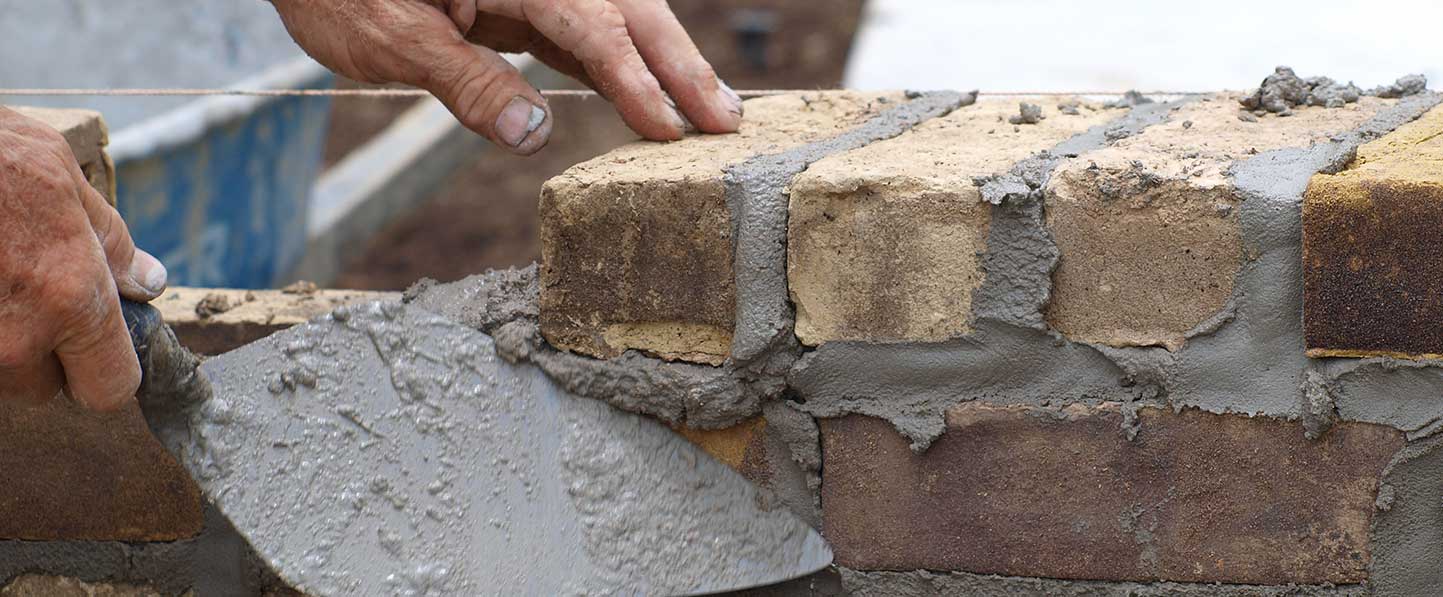Specialist Siding Contractor Services to Increase Visual Charm
Opening the Secrets of Lasting Stonework Building Practices for Eco-Friendly Buildings
Amongst the myriad strategies to eco-friendly building, sustainable stonework building and construction stands out as a reliable and resilient technique that holds a wide range of untapped capacity. From the choice of materials to ingenious building and construction methods, the tricks to achieving sustainability within masonry construction are multifaceted and fascinating.
Advantages of Lasting Masonry Building
Welcoming sustainable masonry building and construction methods not just minimizes environmental impact however likewise provides long-term economic advantages to home builders and neighborhoods. By utilizing products like recycled blocks, obstructs, and stones, building contractors can substantially reduce the carbon footprint of their tasks while promoting resource performance. Furthermore, sustainable masonry building strategies, such as appropriate insulation and thermal mass homes, can boost energy performance within buildings, causing lowered operational prices gradually.
Furthermore, the durability and durability of stonework structures add to long-lasting financial benefits. Structures built utilizing lasting masonry techniques usually require much less upkeep and repair, converting to cost financial savings for builders and homeowner. The durability of stonework materials also ensures that structures continue to be stable and safe, minimizing the demand for frequent restorations or replacements.
Eco-Friendly Stonework Products
Making use of green masonry products is a crucial action towards improving the sustainability of construction practices and minimizing ecological effect while taking full advantage of lasting economic advantages. Lasting masonry products are sourced, produced, and made use of in a manner that lowers general environmental impact. Sustainable concrete obstructs integrate recycled aggregates and may feature better insulation residential or commercial properties, adding to energy efficiency in structures.
Additionally, all-natural materials like adobe, rammed earth, and straw bales give outstanding thermal mass residential properties, decreasing the demand for heating and cooling power. These materials are usually locally offered, promoting local economic climates and lowering transportation-related carbon emissions. By selecting green masonry materials, construction projects can substantially reduce their environmental footprint and contribute to the production of much healthier, much more sustainable constructed environments.
Energy-Efficient Masonry Strategies
Energy efficiency plays a vital role in enhancing the sustainability of masonry construction techniques. One essential energy-efficient masonry technique is the use of thermal mass, which involves integrating thick products like concrete or brick into the structure's framework to take in and keep heat.

Technologies in Lasting Stonework
Recent improvements in lasting masonry techniques have brought around ingenious methods that are improving the building and construction industry. One such innovation is the growth of self-healing concrete, which uses microorganisms installed within the concrete to heal splits this post autonomously. This innovation not just reduces maintenance prices yet also boosts the toughness of stonework structures, adding to their sustainability.
Another noteworthy advancement is using recycled accumulations in masonry construction - masonry contractor. By integrating products such as smashed ceramic waste or recycled glass into concrete mixes, building contractors can reduce the environmental influence of building and construction projects while maintaining structural stability. This practice not only diverts waste over here from garbage dumps but likewise conserves natural deposits, making it a vital advancement in lasting masonry construction
Moreover, the combination of digital layout tools, such as Building Information Modeling (BIM), is revolutionizing the method masonry frameworks are intended and created. BIM permits for even more precise calculations, reduced material wastefulness, and enhanced energy efficiency, ultimately bring about more sustainable building techniques. These innovations jointly represent a promising future for sustainable stonework construction in the age of green structures.
Future Trends in Stonework Sustainability
With the ingenious strides made in lasting masonry practices, the future fads in stonework sustainability are positioned click to find out more to additional transform the construction market. Among the crucial trends forming the future of stonework sustainability is the boosted assimilation of innovation. Developments such as Structure Details Modeling (BIM) and virtual reality simulations are being made use of to enhance masonry building processes, resulting in reduced product waste and boosted power effectiveness in buildings.
In addition, the advancement of novel sustainable products is readied to play a substantial function in enhancing the eco-friendliness of stonework construction. masonry contractor. Technologies like self-healing concrete, recycled aggregates, and bio-based binders are gaining grip for their ability to lessen environmental influence while keeping structural stability

Final Thought
In conclusion, sustainable masonry building and construction techniques supply various benefits for environment-friendly buildings. By using environment-friendly products and energy-efficient methods, stonework can contribute to a more sustainable constructed setting. Advancements in sustainable masonry are continuously being developed to further improve the environmental performance of buildings. Looking in the direction of the future, the fad of masonry sustainability is expected to expand, bring about even more environmentally friendly and energy-efficient building practices in the years to come.